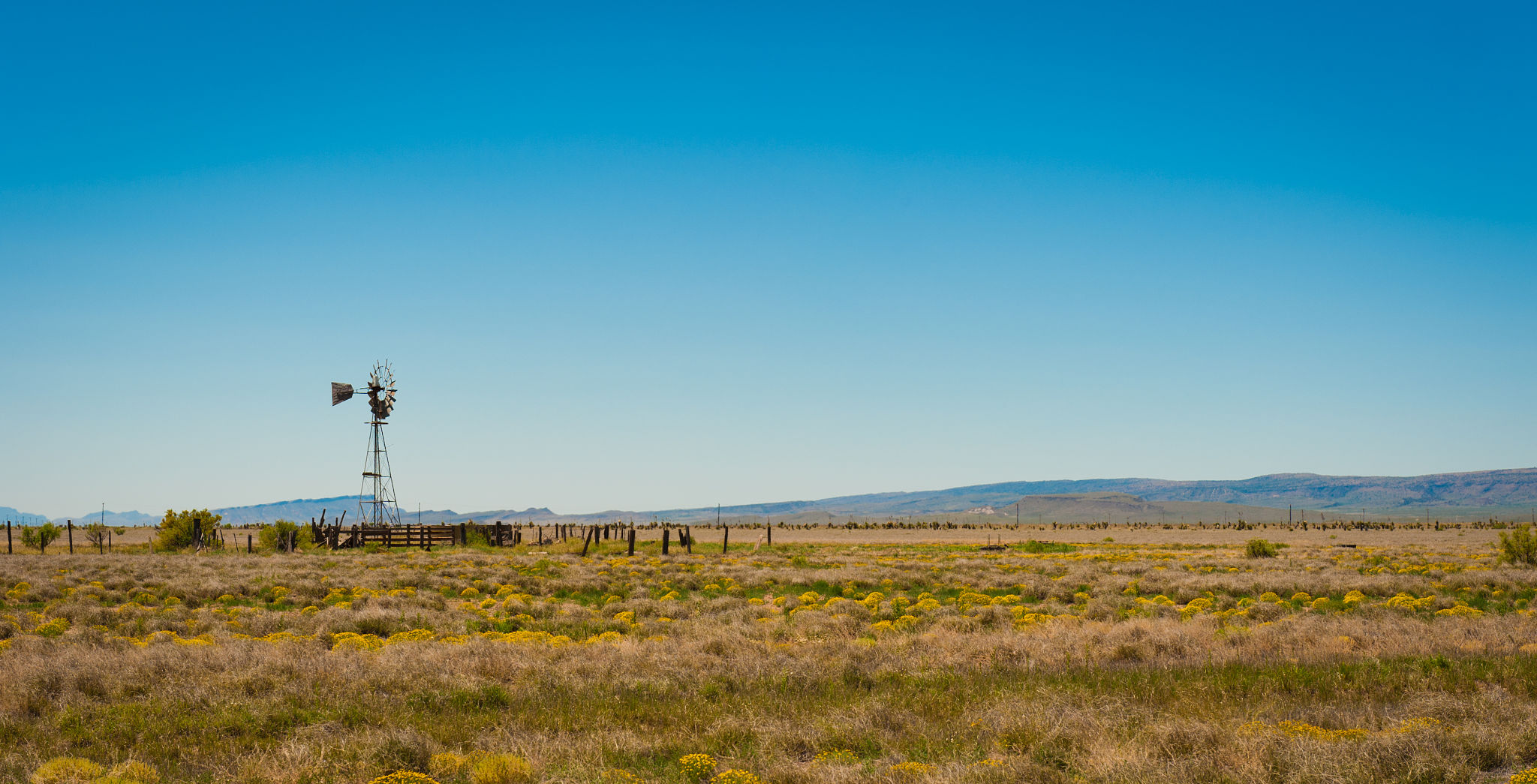Expert Tips for Effective Outdoor Surveillance in Remote Texas Areas
Understanding the Challenges of Remote Surveillance
Outdoor surveillance in remote Texas areas presents unique challenges due to the expansive landscapes and often harsh environmental conditions. The vastness of the terrain can make it difficult to monitor effectively using traditional methods. Moreover, limited infrastructure and connectivity issues can further complicate surveillance efforts. To tackle these challenges, it is essential to implement strategies that are both innovative and tailored to the specific needs of these remote regions.
One of the primary concerns is ensuring that surveillance equipment can withstand extreme weather conditions, including high temperatures, strong winds, and occasional storms. Therefore, investing in durable and weather-resistant equipment is crucial. Additionally, considering the terrain, choosing the right locations for camera placement can significantly enhance coverage and effectiveness.

The Importance of Advanced Technology
Leveraging advanced technology is key to overcoming the limitations posed by remote and expansive areas. Modern surveillance systems equipped with motion detection and night vision capabilities can drastically improve monitoring capabilities. These features enable constant vigilance, regardless of the time of day or lighting conditions.
Furthermore, using drones as part of your surveillance strategy can help cover vast areas quickly and efficiently. Drones provide a bird's-eye view and can be deployed to monitor areas that are difficult to access on foot or with stationary cameras. By integrating drone technology, you can enhance your surveillance system's reach and flexibility.

Ensuring Reliable Connectivity
In remote areas, maintaining a stable and reliable connection for monitoring systems can be challenging. However, with advancements in technology, there are several solutions available. Satellite communication systems offer a viable option for areas lacking traditional network infrastructure. These systems can provide consistent connectivity, ensuring that data from surveillance equipment is transmitted without interruption.
Another option is installing solar-powered systems to ensure continuous operation in areas where electrical power may be unreliable or unavailable. Solar panels can keep cameras and other equipment running continuously, reducing the risk of downtime due to power failures.
Strategic Placement and Maintenance
When setting up outdoor surveillance systems in remote Texas areas, strategic placement of cameras and sensors is critical. To maximize coverage, consider positioning equipment on elevated structures such as poles or towers. This setup not only provides a broader view but also protects equipment from potential vandalism or interference from wildlife.

Regular maintenance is also vital to ensure that the equipment remains functional and effective over time. Conducting routine checks and servicing can prevent technical issues and extend the lifespan of your surveillance systems. Additionally, keeping an inventory of spare parts readily available can help address any unexpected malfunctions swiftly.
The Role of Trained Personnel
Having a well-trained team is essential for effective surveillance operations in remote areas. Personnel should be knowledgeable about operating equipment, troubleshooting technical issues, and analyzing data collected from surveillance systems. Proper training ensures that your team can respond efficiently to any incidents or anomalies detected by the surveillance systems.
Investing in regular training sessions and staying updated with the latest advancements in surveillance technology can greatly enhance the overall effectiveness of your operations.

Collaborative Efforts for Enhanced Security
Finally, collaboration with local authorities and community members can significantly boost the effectiveness of surveillance efforts in remote Texas areas. Establishing a network of communication with local law enforcement agencies ensures a quick response in case of emergencies or security breaches.
Engaging with the community also helps build trust and encourages residents to report suspicious activities, further enhancing overall security. By fostering a collaborative environment, you create a comprehensive security strategy that benefits everyone involved.
